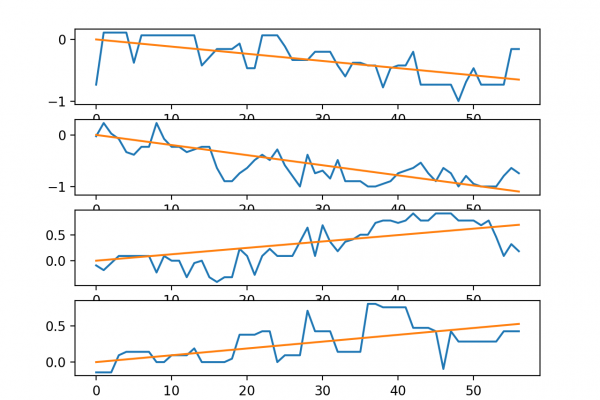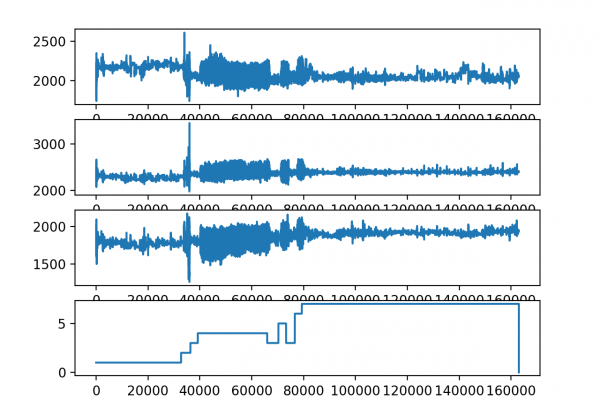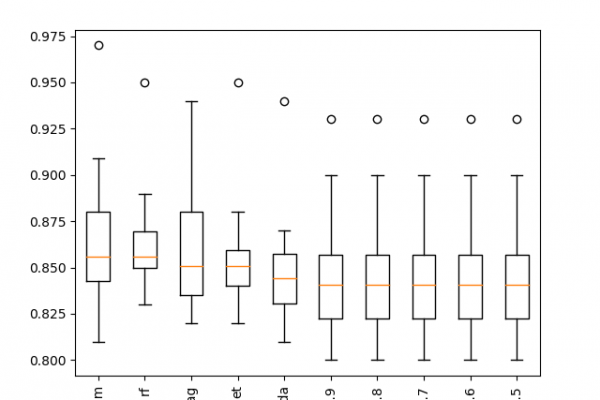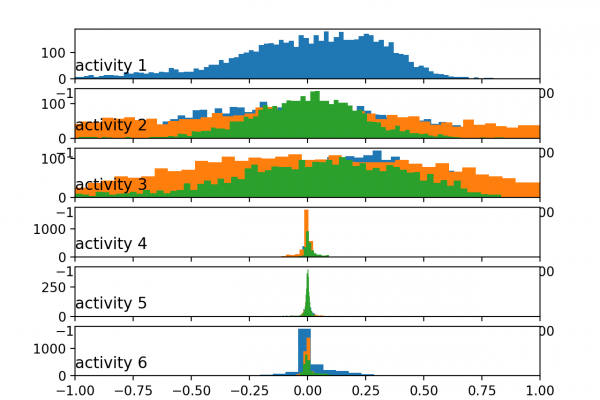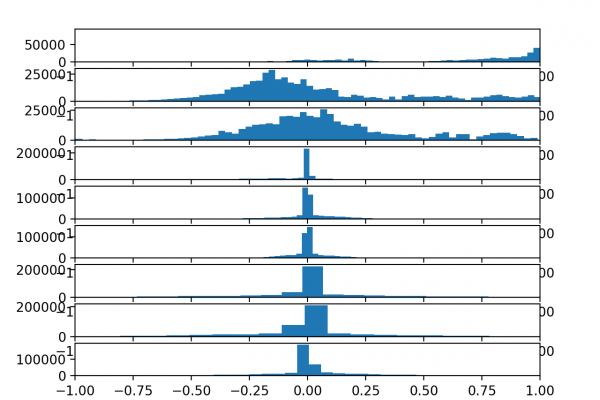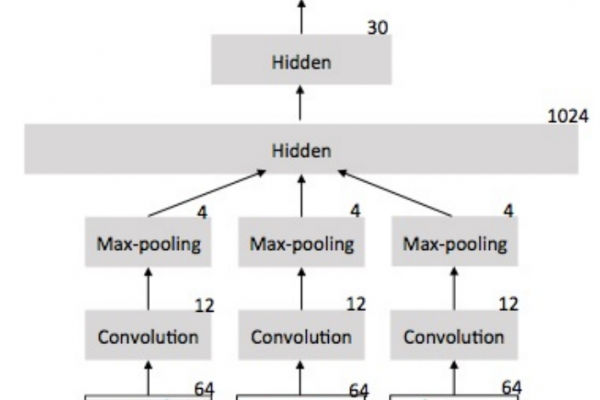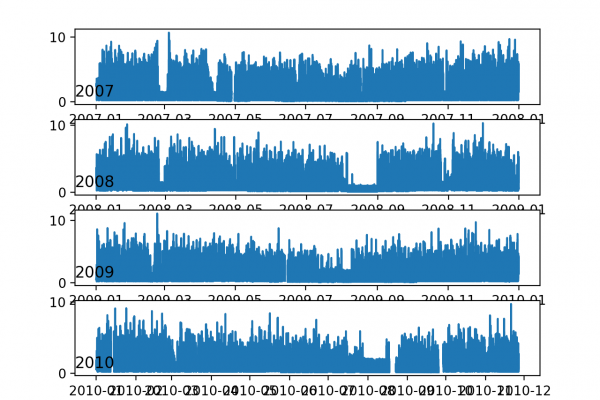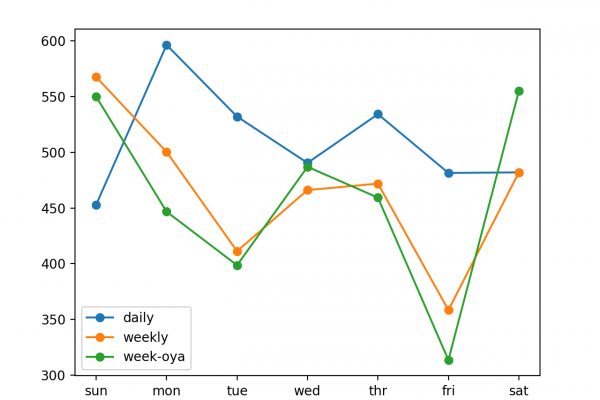Indoor Movement Time Series Classification with Machine Learning Algorithms
Last Updated on August 28, 2020 Indoor movement prediction involves using wireless sensor strength data to predict the location and motion of subjects within a building. It is a challenging problem as there is no direct analytical model to translate the variable length traces of signal strength data from multiple sensors into user behavior. The ‘indoor user movement‘ dataset is a standard and freely available time series classification problem. In this tutorial, you will discover the indoor movement prediction time […]
Read more